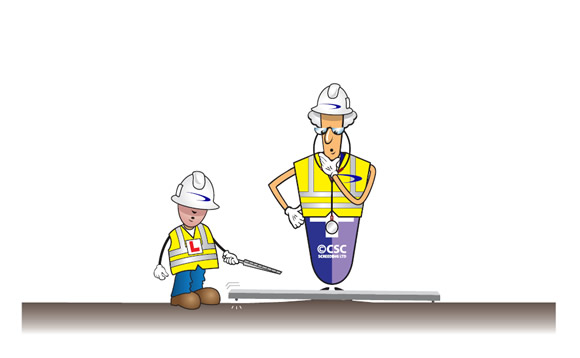
A Practical Guide to Screed Testing: What Do the Experts Say?

A Practical Guide to Screed Testing: What Do the Experts Say?
Surface Regularity Test
 Overview
Overview
Surface regularity or flatness of a screed is one of the factors that determine the serviceability of a floor. Flaws in surface regularity can be the cause of trip hazards, increased wear, aesthetic issues, and excessive sway of wheeled traffic and can also lead to difficulties in the installation of equipment specified for the floor.
Though it is practically impossible to achieve a screed that is absolutely flat or perfectly true to datum, the deviations can be restricted within reasonable limits in line with the intended use of the floor.
The British standards specify the maximum permissible deviation for different applications, and this can be measured as the deviation from a straightedge laid level on the screed surface.
How it’s performed
For normal accuracy floors, the surface regularity is measured by placing a 2m long straightedge flat on the screed surface and resting under its own weight. The deviation of the screed from the underside of the straightedge is then measured with a slip gauge or other accurate measuring devices.
Surface Regularity Maximum Permissible Application
Classifications Deviations
SR1 3mm High Standard
SR2 5mm NormalStandard
SR3 10mm Utility Standard
When to carry out the test?
Surface regularity of the screed should be carried out as soon as possible after screed installation, ideally along with the survey departure from datum. This gives early opportunity for corrections, if required.




